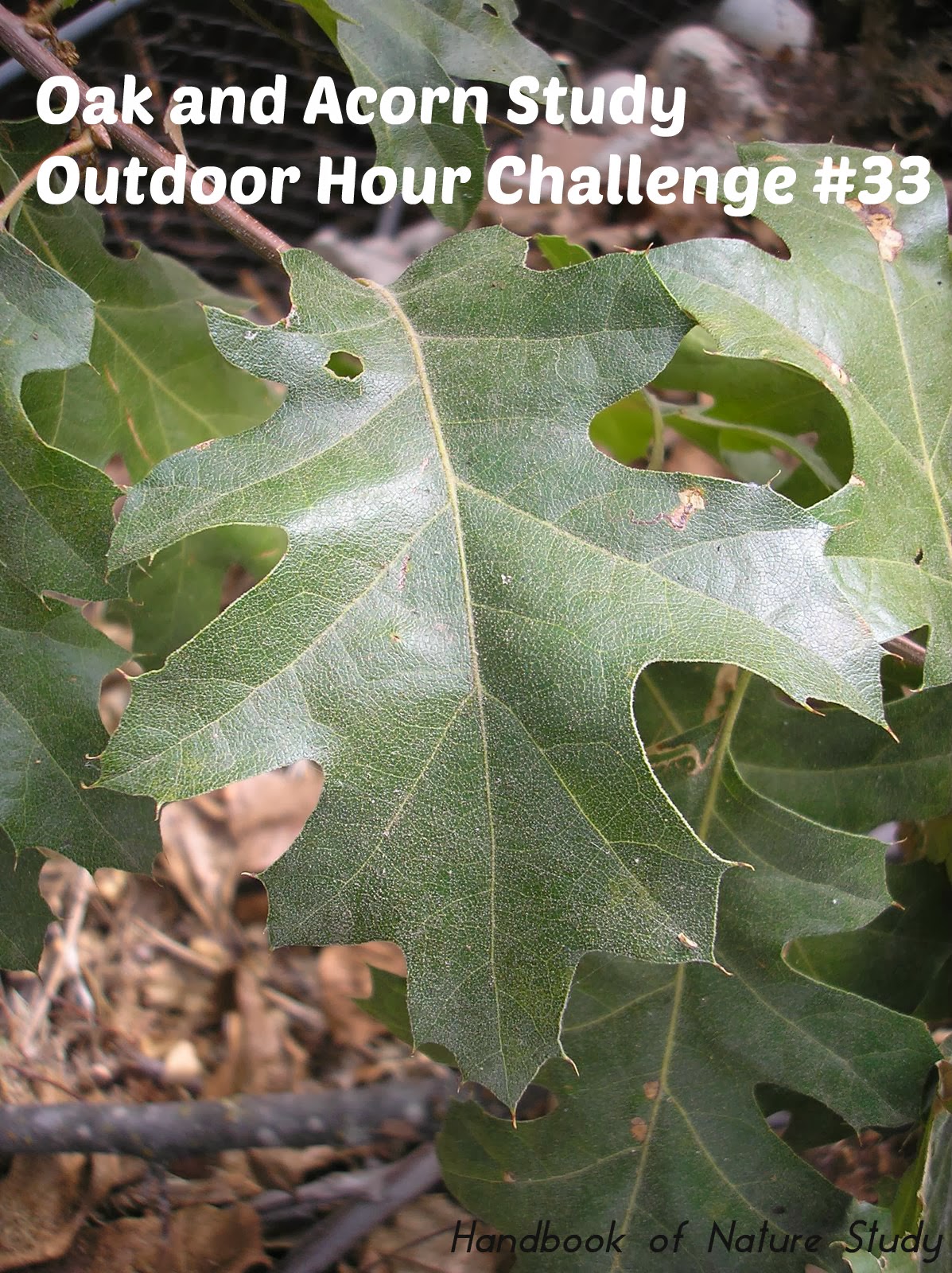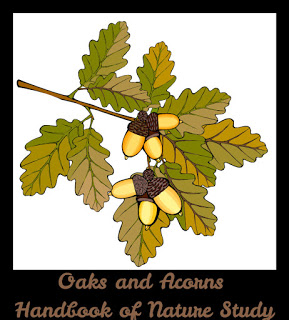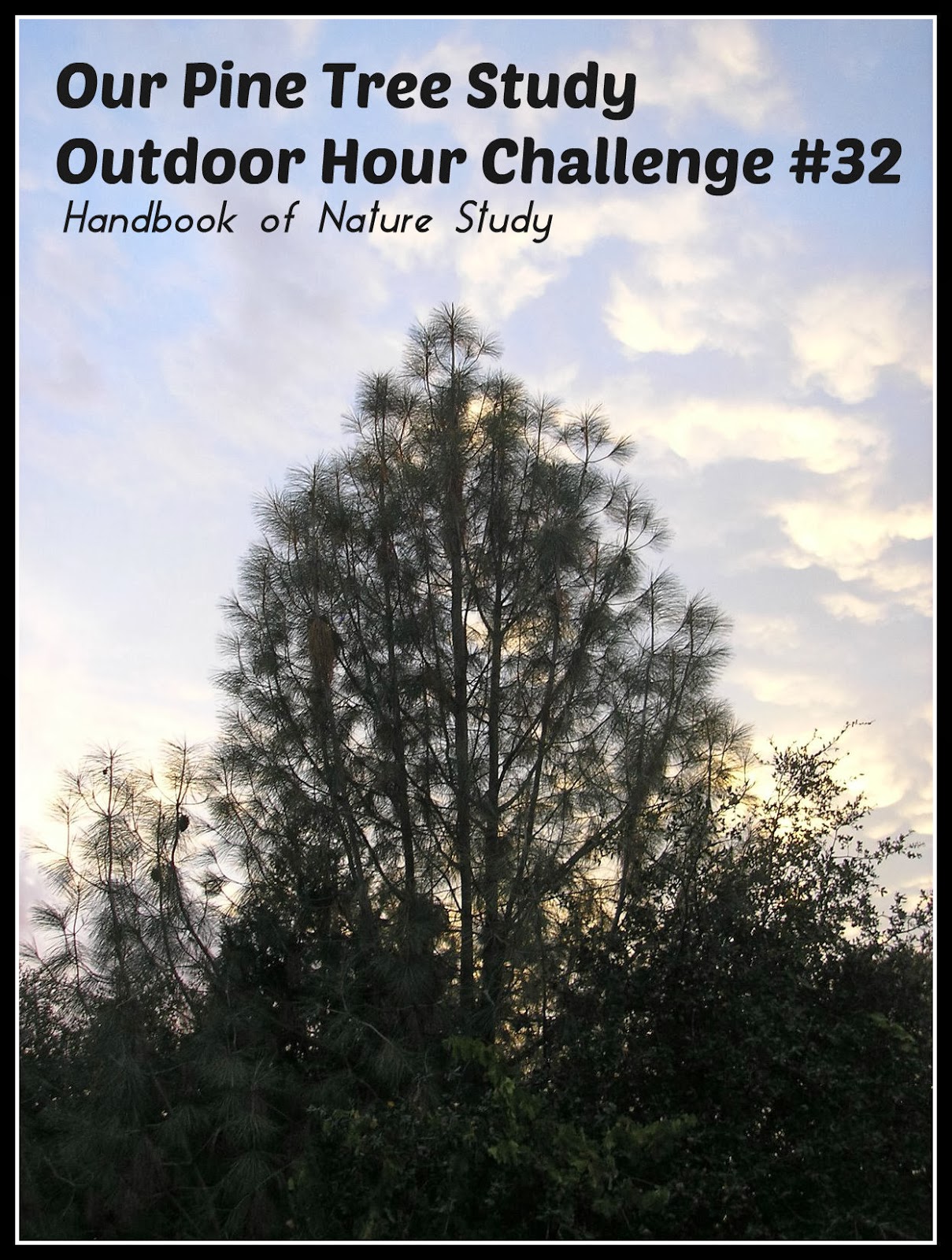Our Outdoor Hours this week were spent along the northern California Coast and southern Oregon coast. Our first stop was camping at Humboldt Redwoods (great place for camping) where most of the tallest trees in the world live. We saw ancient redwoods towering overhead.
These trees are so tall and grow so densely that the forest floor is dark and quiet. It is quite the experience to hike along the trail and silently observe these magnificent trees up close.
The forest seemed to have its own atmosphere in and among the trees. The mist in some areas was high up in the canopy of the redwoods and it was dripping down on our heads as we hiked underneath.
In some parts of the redwood forest, it seemed as if the light never penetrated down to the floor and there were mushrooms and moss growing everywhere. It was like stepping back in time.
Mixed in among these forest giants are Big leaf maples. This time of year they are a brilliant yellow and orange and the leaves are *large*. My tree book says that the leaves are between 16 and 24 inches long.
Here is a leaf I saw on the ground that shows how big they are in real life.
“It is its autumn transfiguration which has made people observant of the maple’s beauty; yellow, orange, crimson, and scarlet foliage makes these trees gorgeous when October comes.”
Handbook of Nature Study, page 628
This leaf was on a tree in Ashland, Oregon in Lithia Park. The trees in the park were just turning colors as we walked through last weekend. It was really cold and the air had a bite to it. We bundled up and enjoyed the walk.
After this trip along the Pacific coast, I have thought a lot about our dependence on wood from trees. We passed many areas in the forest where it had been clear cut, leaving nothing left standing to speak of. There were many, many lumber mills and great stacks of both logs and lumber.
Here is a stack of logs that we passed in the town of Eureka, CA. You cannot even imagine how tall and long these piles of logs are but this gives you an idea. It is a big reminder how useful certain trees are in our every day life. Look around you at this very moment and you will no doubt see lots of things made from wood.
I know that trees are a renewal resource but it does make you stop and think when you see so many areas clear-cut and then the piles of logs sitting at the mills. It truly is a balancing act….the love of the forest and the love of wood products.
Just a some thoughts as we travel along on this trip.












